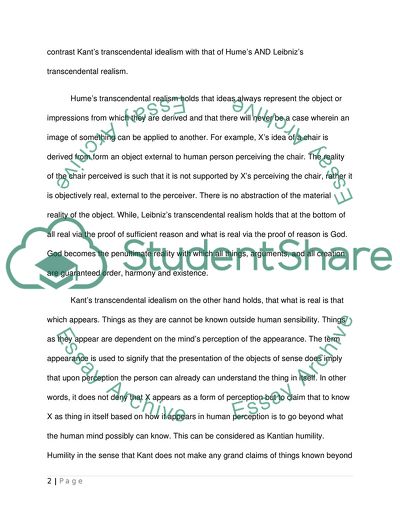Cite this document
(The Difference between Transcendental Realism and Kants Transcendenta Assignment, n.d.)
The Difference between Transcendental Realism and Kants Transcendenta Assignment. Retrieved from https://studentshare.org/philosophy/1730010-immanuel-kant
The Difference between Transcendental Realism and Kants Transcendenta Assignment. Retrieved from https://studentshare.org/philosophy/1730010-immanuel-kant
(The Difference Between Transcendental Realism and Kants Transcendenta Assignment)
The Difference Between Transcendental Realism and Kants Transcendenta Assignment. https://studentshare.org/philosophy/1730010-immanuel-kant.
The Difference Between Transcendental Realism and Kants Transcendenta Assignment. https://studentshare.org/philosophy/1730010-immanuel-kant.
“The Difference Between Transcendental Realism and Kants Transcendenta Assignment”, n.d. https://studentshare.org/philosophy/1730010-immanuel-kant.


